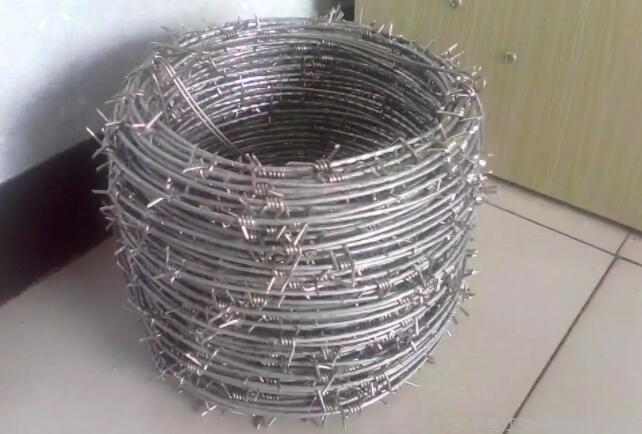The Significance of Welded Wire Fabric in Concrete Reinforcement
Concrete is one of the most widely used construction materials in the world, valued for its durability, strength, and versatility. However, its performance can significantly be enhanced by using reinforced concrete, which integrates various materials to improve tensile strength and structural integrity. One effective method of reinforcement is the use of welded wire fabric (WWF), a grid-like network of steel wires that provides exceptional support to concrete structures. This article explores the importance, advantages, and applications of welded wire fabric in concrete reinforcement.
Understanding Welded Wire Fabric
Welded wire fabric consists of longitudinal and transverse wires welded together to form a grid-like pattern. The wires are typically made of high-quality steel, known for its strength and ability to bond well with concrete. The specific spacing and gauge of the wires can be customized according to the requirements of each project, providing flexibility in design and applications.
Advantages of Using Welded Wire Fabric
1. Enhanced Strength and Stability One of the primary benefits of using WWF in concrete reinforcement is its ability to enhance the tensile strength of the concrete. Concrete inherently has high compressive strength but low tensile strength. By integrating welded wire fabric, the tensile load-bearing capacity of concrete is significantly improved, making it a strong candidate for a variety of structures.
2. Cost-Effectiveness Using welded wire fabric can lead to cost savings in both materials and labor. The efficiency of the installation process reduces labor costs, as the fabric can be laid down quickly compared to tying individual pieces of rebar. Additionally, the material itself can be more cost-effective than alternative reinforcement methods.
3. Improved Crack Control Concrete is prone to cracking due to shrinkage, temperature changes, and loading conditions. WWF provides a system of reinforcement that helps control cracking by distributing loads more evenly throughout the concrete, minimizing the risk of significant structural damage.
4. Versatility in Design Welded wire fabric can be customized to meet the unique needs of different projects. It can be produced in various wire sizes and spacing, allowing engineers and architects to tailor reinforcement based on specific structural requirements. This versatility makes it suitable for a wide range of applications, from residential buildings to large-scale infrastructure projects.
welded wire fabric concrete reinforcement

5. Ease of Installation The ease of installation is another compelling advantage of welded wire fabric. Since it is pre-assembled, construction teams can quickly position it in place, reducing the time on-site and improving overall project efficiency. This ease of handling makes it an attractive option for contractors.
Applications of Welded Wire Fabric
Welded wire fabric has become integral to many construction applications. Its primary uses include
1. Slabs on Grade WWF is commonly employed in the reinforcement of concrete floors in warehouses, factories, and residential homes. It effectively supports loads while minimizing the risk of cracks.
2. Pavements and Driveways The use of WWF in pavements enhances durability and helps withstand the stresses induced by traffic and environmental factors. Its application reduces maintenance costs over time.
3. Walls and Foundations In construction projects requiring robust foundations, welded wire fabric provides essential reinforcement, ensuring structural stability and longevity.
4. Precast Concrete Products Precast elements, which are manufactured off-site and transported to the construction site, often use WWF for reinforcement. This approach allows for quality control and uniformity in production.
Conclusion
Welded wire fabric is a vital component of modern concrete reinforcement strategies. With its numerous advantages—including enhanced strength, cost-effectiveness, improved crack control, design versatility, and ease of installation—WWF has become a preferred choice among construction professionals. As the construction industry continues to evolve and seek more innovative solutions for structural integrity, the role of welded wire fabric in reinforcing concrete will undoubtedly remain significant. By understanding and utilizing such effective reinforcement techniques, builders can ensure safer, more durable, and long-lasting concrete structures that meet the demands of contemporary design and engineering challenges.

















